Taking advantage of the previous article’s momentum:
Foundation Fieldbus H1 main products have been upgraded to Ethernet/IP or Modbus TCP.
Here, I present a product that can directly convert the Profibus PA protocol to Ethernet/IP or Modbus TCP protocol. This is the main content of this article.
0x00 Protocol Introduction
The Profibus protocol is operated by the PROFIBUS and PROFINET International (PI) organization.

The most commonly used Profibus protocols are Decentralized Peripherals (DP) and Process Automation (PA). These are what we commonly refer to as DP and PA protocols.
DP protocol, as the name suggests, refers to a decentralized distributed fieldbus. It is based on an RS485 fieldbus network.
PA protocol, as the name suggests, is for process automation, so it is mainly used in the field of process automation, with a physical layer based on Manchester Encoded Bus Powered (MBP).
PA protocol can be used in intrinsically safe applications because the MBP physical layer itself is intrinsically safe.
Whether it is DP or PA, the protocols are actually the same; the difference lies only in the physical layer. The architecture diagram of the Profibus protocol is as follows:
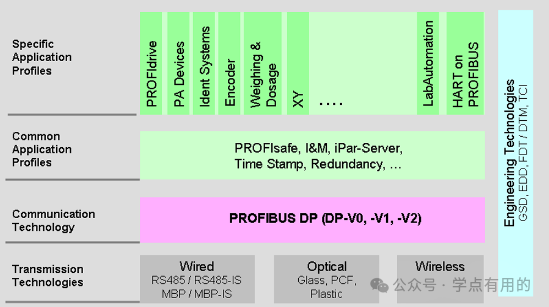
At the same time, Profibus also has a PROFIBUS-FMS (Fieldbus Message Specification), mainly used for workshop-level network communication, which is less commonly applied and will not be elaborated here.
DP protocol is based on a 485 network structure, with communication speeds ranging from 9.6Kb/s to a maximum of 12Mb/s.
However, PA protocol’s MBP network has only one communication speed, which is 35.25 kbit/s, suitable for intrinsically safe environments.
Network architecture differences:
If using DP protocol, it can only be connected linearly, one after another, with only one wire from start to finish.
However, PA protocol’s MBP does not have such strict network topology restrictions; linear, tree, and hybrid topologies are all acceptable.
Previously, if PA instruments wanted to establish a connection with controllers, they had to go through a DP/PA coupler to convert to DP protocol before connecting to the controller via DP protocol.
Now, it is no longer that complicated. PA can be directly converted to Ethernet/IP protocol or Modbus TCP protocol. This is the product introduced today.
0x01 Product Introduction
Let me introduce Prosoft’s PA to Ethernet/IP or Modbus TCP module.
Model: A-PAL/B

The main functions of the module are as follows:
-
Profibus PA master station to Ethernet/IP or Modbus TCP
-
Ethernet/IP supports AB PLC
-
Ethernet/IP supports Schneider M580 controller
-
Dual Ethernet ports support DLR ring redundancy
-
Maximum data capacity is 2 kilobytes of device or status data
-
Supports NTP clock synchronization
-
Supports PA redundant master station communication
-
Built-in power supply can provide a maximum of 420mA current
-
Can configure PA current protection
-
Built-in configurable PA termination resistor (100Ω)
-
DP V1 Class 1 information (MS1)
-
DP V1 Class 2 information (MS2)
-
Supports Profibus PA message capture analysis
-
Supports FDT / DTM asset management technology
0x02 Typical Network Architecture
2.1 AB controller connects to PA device instruments
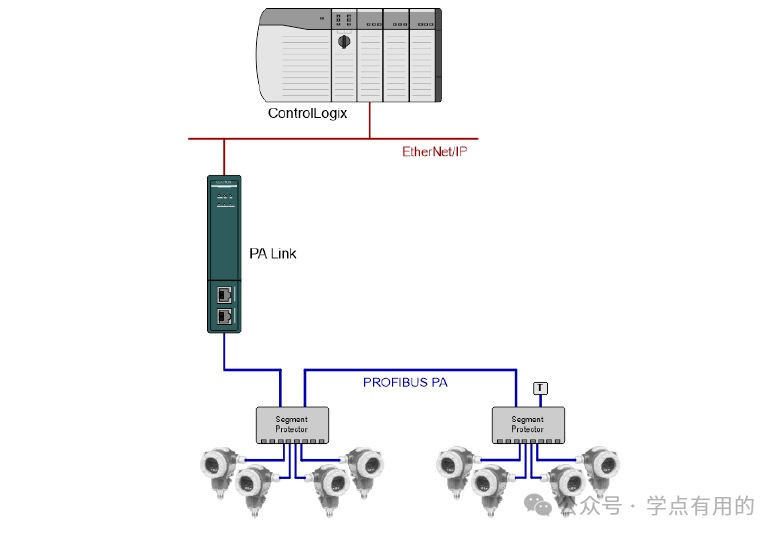
2.2 Modbus TCP device connects to PA device instruments
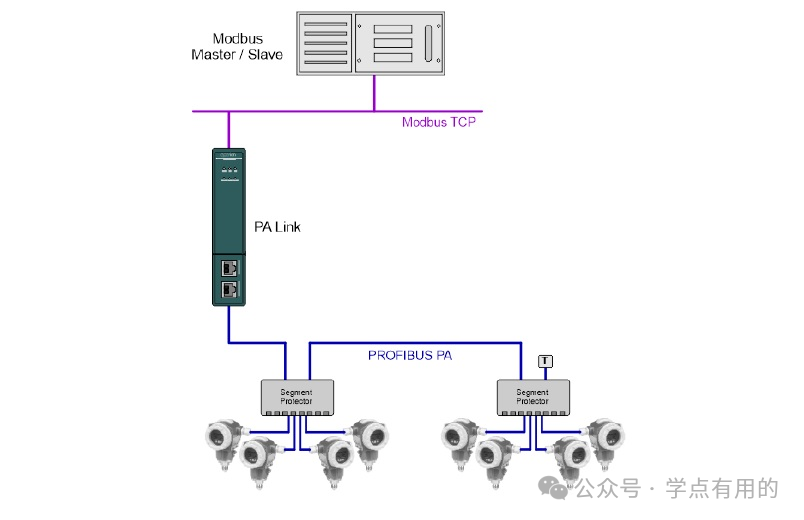
2.3 PA device in intrinsically safe applications
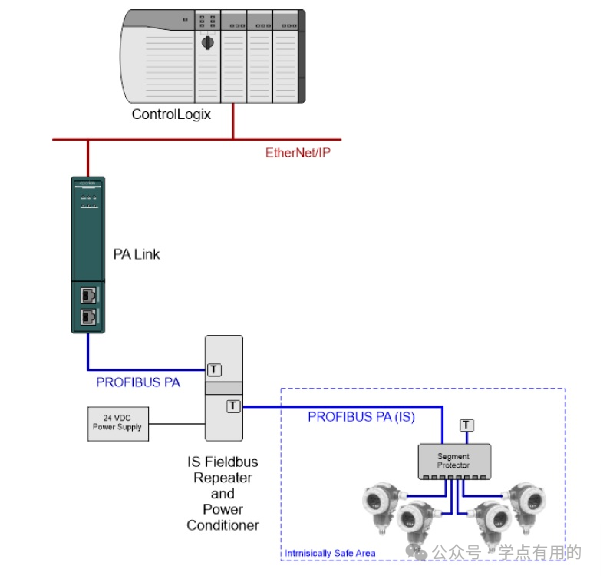
2.4 PA redundant master station communication architecture

0x03 Introduction to Some Technical Parameters
PA Technical Parameters
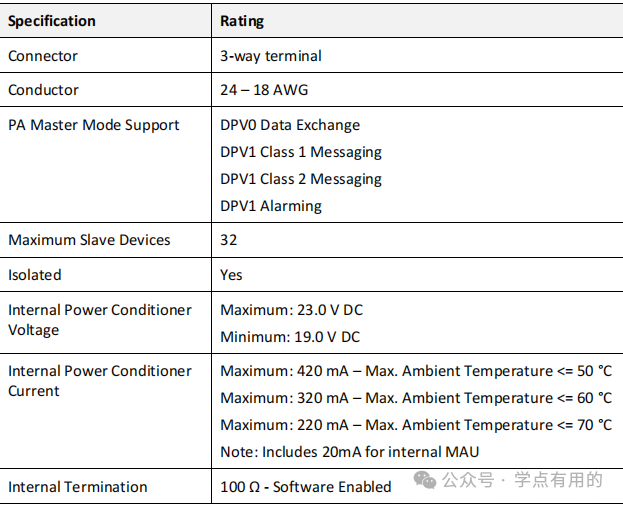
-
DP V1 Class 1 information (MS1), cyclic scanning master station sends information to the slave station
-
DP V1 Class 2 information (MS2), sends information to slaves controlled by other master stations
PA cable requirements:
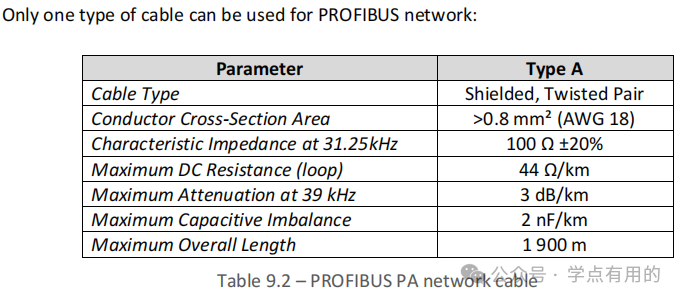
PA node and branch requirements:

If you are interested in this product, feel free to communicate with me.
Qin Yu 17600806336

———————-
Previous articles:
-
Foundation Fieldbus H1 main products have been upgraded to Ethernet/IP or Modbus TCP.
-
Those using MVI69-MCM in the 1769 system are in luck.
-
DeviceNet to Ethernet/IP or Modbus has been upgraded.
-
AB control system and Profinet coupler communication settings
-
Just released Controlnet device upgrade plans.